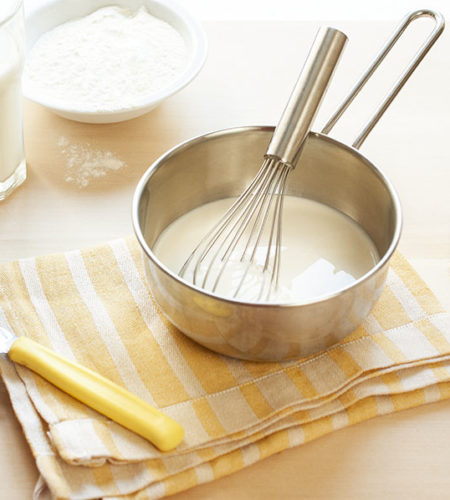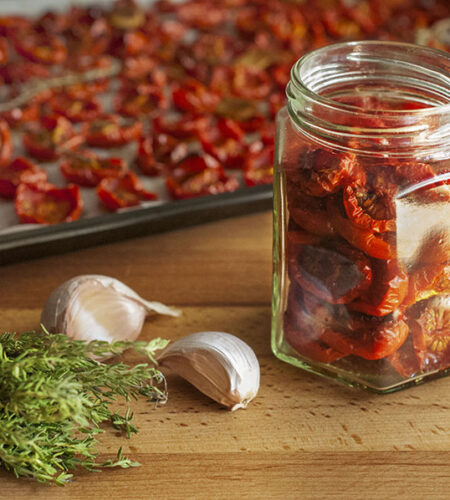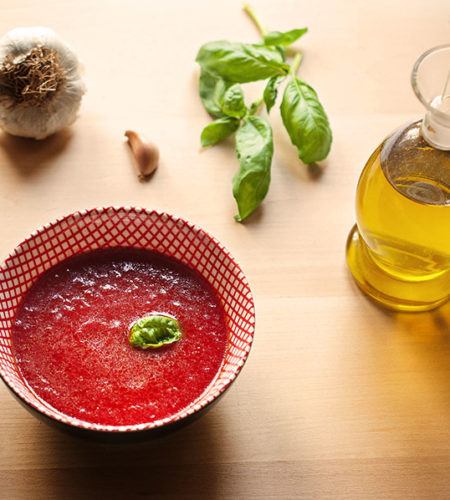Tomato sauce is one of the classics of southern cuisine to season pasta. The tomato sauce was paired with pasta quite recently. In fact, the first text in which it is mentioned to dress spaghetti was published in 1844.
This is one of my mother’s basic sauces, and I’m more attached to it because it brings me back to my childhood. My paternal grandparents at the end of August in the country prepared hundreds of cans with which they then made incredibly good pasta sauces.
Tomato sauce
- Preparation time: 120 minutes + 1 hour sterilizations
- Ingredients for 2 lb sauce
- Difficulty: Average difficulty recipe
- Ingredients
- 5 kg or 9 lb of San Marzano tomatoes
- Instructions
- Wash the tomatoes. Cut them into quarters removing the seeds and the central filamentous part.
- Put everything in a large saucepan and cook over a moderate heat until the tomatoes are unmade, turning the mixture often for a uniform cooking.
- Meanwhile, sterilize jars and caps in the oven. Place them in the oven and turn it on at a temperature of 250° F. Leave them in the oven for at least thirty minutes. Turn off the oven and let it cool slightly.
- Take the tomatoes and drain them with a colander to remove all the water of vegetation that we can use for other preparations (for example if filtered in a chinoise would become an excellent cooking water for pasta).
- Take the tomatoes and put them in the pot. Continue cooking for another ten minutes to completely dry out any residual cooking water.
- Fill the jars with the sauce and close them with the caps. Place the jars in a deep and large pot to sterilize them again. Insert a rag between the jars so as to prevent the jars from breaking during cooking, fill the pot with water and bring to a boil over the heat. Allow to simmer for at least thirty minutes. Turn off the heat and let everything cool down: only at this point can the jars be removed from the water.
Tips to ensure the success of the dish:
- The quality of the tomatoes will make it more or less good.
- When you sterilize the jars in the pot of water, it will be enough to add at least two tablespoons of vinegar to have shiny jars and without limestone
- Check, once cold, that the jars have been vacuumed. Only in this way will they keep for the winter months.
- The waste left from the vegetable mill, normally the peelings of the tomatoes, can be dried in the oven and chopped. In this way, you will thus have a very good tomato powder.




